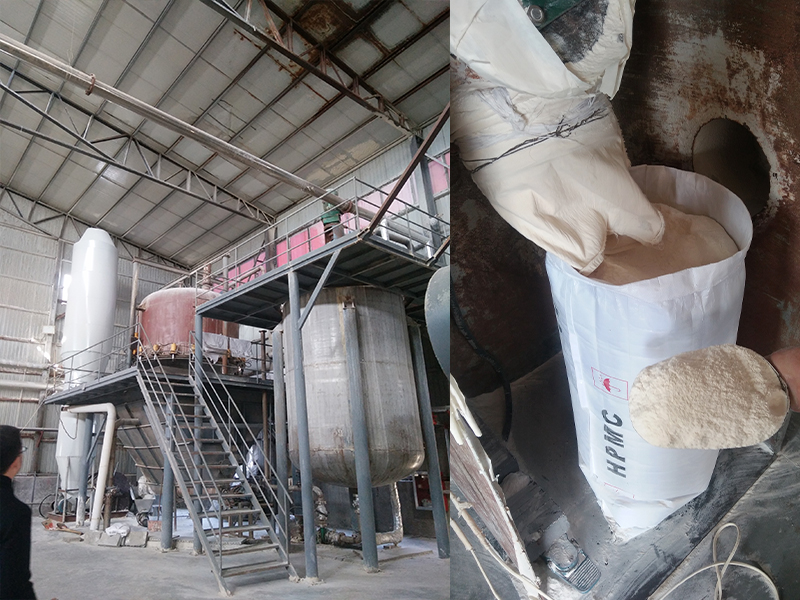Foam concrete is a new building energy-saving and environmental protection material that contains many evenly distributed closed pores, is light, heat-resistant, moisture-proof and sound-proof, and is especially suitable for building external wall insulation systems. So why is hydroxypropyl methylcellulose added to foam concrete?
As far as the current production technology is concerned, many closed pores in foam concrete do not exist naturally, but are formed after long-term mixing and mixing of raw materials such as hydroxypropyl methylcellulose into the mixing equipment. This kind of closed pores effectively solves the phenomenon of excessive waste of fillers and saves costs to a large extent. Some people will ask if there is no such effect without adding hydroxypropyl methylcellulose? I can tell you with certainty, yes. Because of the special function of hydroxypropyl methylcellulose, it can make various raw materials fit together well, so that a special cohesive force can be produced between them, and its tensile and kneading resistance can be increased.
how to use? 1. It is not advisable to feed the redispersible latex powder at one time, and it is necessary to divide the amount in order to find a suitable amount. 2. When polypropylene fiber needs to be added, it must be dispersed in cement first, because the fine particles of cement can eliminate the static electricity of the fiber, so that the polypropylene fiber can be dispersed. 3. Stir and mix evenly, but the stirring time should not be too long, preferably 15 minutes, as the sand and cement are easy to precipitate and stratify after stirring for a long time. 4. It is necessary to adjust the amount of additives and add HPMC in an appropriate amount according to seasonal changes. 5. Avoid additives or cement agglomeration due to moisture.
Post time: Dec-27-2022


